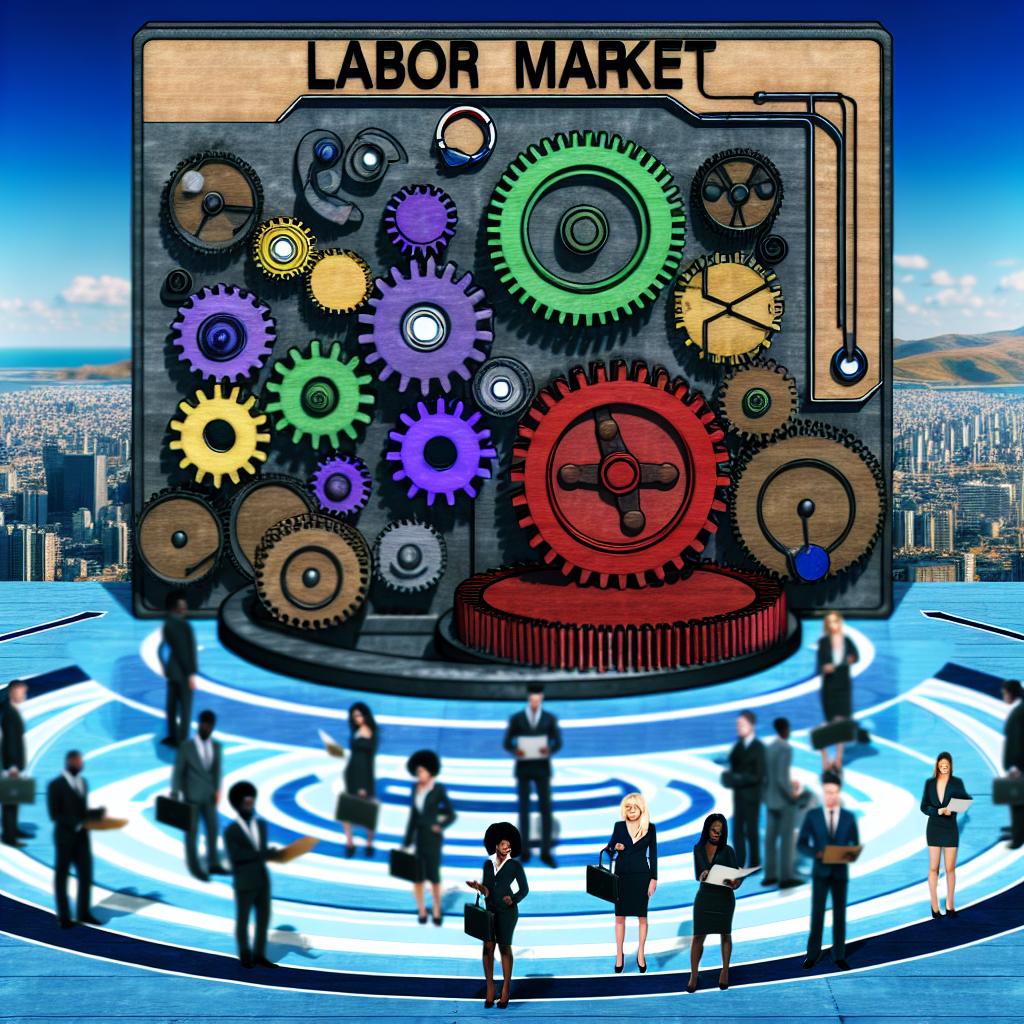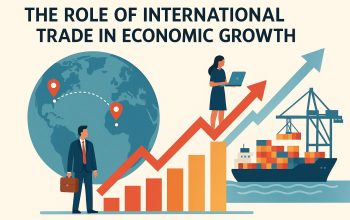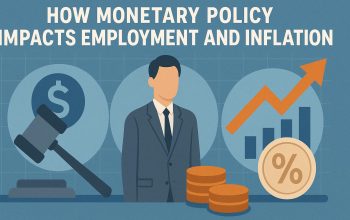Understanding Labor Markets in Macroeconomics
Labor markets are a cornerstone of macroeconomic studies because they have a profound impact on economic aspects such as growth, inflation, and employment levels. In macroeconomic analysis, examining labor markets is crucial in understanding how they influence key macroeconomic indicators and contribute to policy-making for economic stability.
The Role of Labor Markets
Labor markets serve as the primary mechanism for the allocation of labor resources across various sectors of the economy. This allocation impacts productivity and overall economic output significantly. The dynamic interaction between labor supply, represented by workers, and labor demand, represented by employers, sets wage levels. These wage levels, in turn, influence consumer spending patterns, playing a substantial role in driving economic activities.
The equilibrium reached between labor supply and demand determines not only wage levels but also directly affects the distribution of income, which affects consumption, savings, and investments in the economy. Thus, labor markets are a central force in the functioning and health of the economy.
Employment and Economic Growth
Employment is a significant part of economic growth, as the labor market contributes to increased household incomes. With more people employed, households have higher disposable income, leading to enhanced consumption patterns. This increased consumption elevates demand for goods and services, thus propelling the production cycle further.
As the demand for products grows, companies invest in expanding their operations by hiring more workers. This creates a virtuous cycle within the economy, promoting continuous economic development. Consequently, job creation becomes both a driver and a result of economic growth, highlighting the importance of efficient labor markets in fostering a sustainable economic environment.
Influence on Inflation
Labor markets influence inflation primarily through wage-setting mechanisms. When wages increase significantly, the cost of production for businesses often follows. If businesses choose to pass these additional costs on to consumers in the form of higher prices for goods and services, this can lead to a type of inflation known as wage-push inflation.
It is crucial for policymakers to monitor labor-market conditions to understand these inflationary pressures. By evaluating labor market dynamics, they can implement appropriate measures, such as adjusting interest rates, to contain inflation and maintain economic equilibrium.
Labor Market Policies
Governments and policymakers frequently develop strategies to ensure labor markets function efficiently. Such strategies often include measures aimed at enhancing labor mobility, improving workforce skills through education and training initiatives, and encouraging workforce participation.
For instance, policies might promote training programs that align with industry requirements, thus reducing structural unemployment linked to skill mismatches. Moreover, unemployment benefits are often provided to cushion the economic impact of job loss, which maintains consumer consumption levels and contributes to economic stability. Interested individuals can explore resources from institutions like the International Monetary Fund or the OECD for an in-depth understanding of how these policies are crafted and implemented globally.
Challenges and Considerations
Despite the integral role they play, labor markets face numerous challenges, particularly from technological advancements, globalization, and demographic shifts. One of the significant challenges is structural unemployment, which arises due to technological shifts such as automation and artificial intelligence. These advancements create discrepancies between the skills possessed by workers and those required by employers, thereby rendering some skills obsolete.
Globalization presents another set of challenges, as it intensifies competition, which can affect wage levels and job availability across regions. Companies might relocate operations to locations with cheaper labor, impacting local job markets adversely.
Demographic changes are equally compelling challenges for labor markets. Aging populations in many countries result in a shrinking workforce and increased dependency ratios. This demographic trend necessitates adaptive strategies for labor markets to remain robust. Embracing flexible work arrangements, along with promoting lifelong learning, becomes essential to keep the workforce adaptable and capable of meeting evolving economic demands.
The complexities of labor markets necessitate a detailed understanding for effective macroeconomic policy formulation. By analyzing labor market dynamics thoroughly, economists and policymakers can better predict economic trends and fluctuations. This insight allows them to respond adeptly, ensuring sustainable economic growth and stability while addressing the multifaceted challenges labor markets present.
Conclusively, labor markets are pivotal in shaping the economic landscape and determining the effectiveness of economic policies. Their impact on fundamental economic factors highlights the importance of continuous research and policy refinement to support resilient and sustainable economic structures.
This article was last updated on: August 4, 2025




